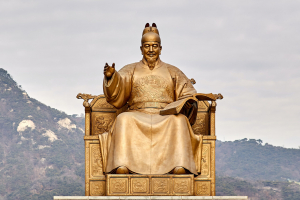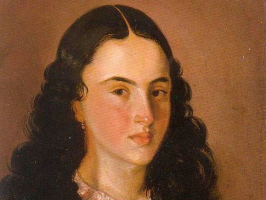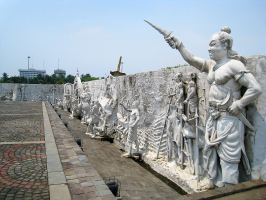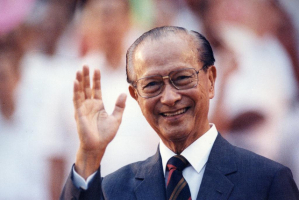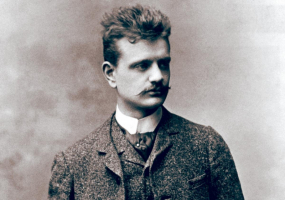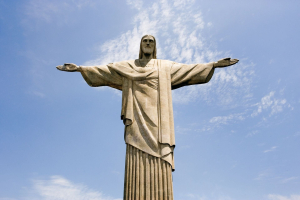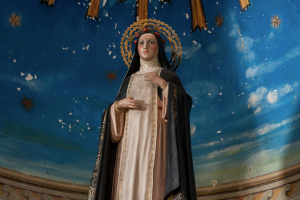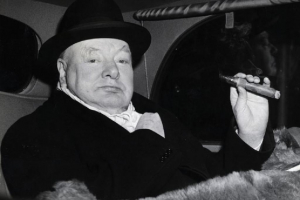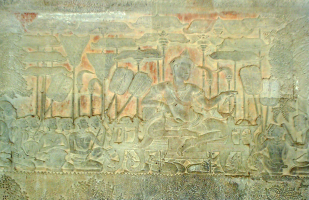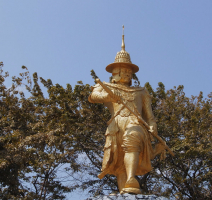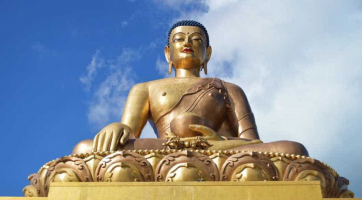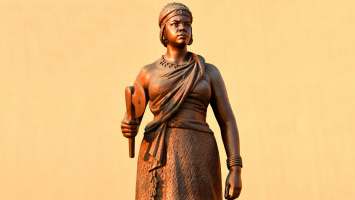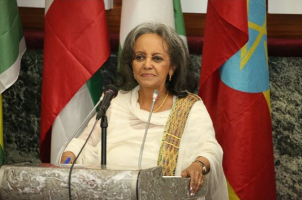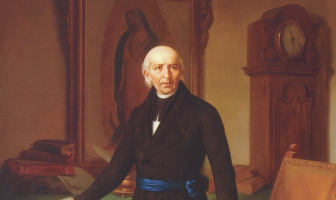Top 3 Most Important Historical Figures In Monaco
Monaco is a nation in Western Europe that is situated on the Côte d'Azur coast in a narrow strait south of France. Despite having the second-smallest country ... read more...after the Vatican, it is the highest population density in the world. A small country but there are many interesting things that readers do not know yet. Here, Toplist would like to introduce to you 3 Important Historical Figures In Monaco.
-
One of the Important Historical Figures in Monaco that we would like to introduce to readers is Rainier III. From 1949 until his passing in 2005, he served as prince of Monaco. One of the longest-reigning monarchs in European history, Rainier reigned the Principality of Monaco for nearly 56 years. The lone child of Prince Pierre and Princess Charlotte of Monaco, Rainier was born at the Prince's Palace in Monaco. He was primarily responsible for Monaco's economy changing from a traditional gambling casino to what it is today a tax haven and a popular tourist destination. Additionally, the prince oversaw important constitutional changes in Monaco that restricted the authority of the sovereign regime.
Summerfields Public Schools in St Leonards-on-Sea, Sussex, provided Rainier with his early schooling. Then, starting in 1939, Rainier studied at the Institut Le Rosey in Rolle and Gstaad, Switzerland. After that, he went on to the University of Montpellier in France, where he graduated with a bachelor's degree in arts in 1943, and then he attended the Institut d'études politiques de Paris in Paris.
Rainier became Prince Louis' immediate heir in 1944 when his mother gave up her right to the Monegasque throne on the occasion of Rainier's 21st birthday. As a second lieutenant in the Free French Army under General de Monsabert during World War II, Rainier enlisted with the organization in September 1944. During the German offensive in Alsace, he saw battle as a soldier. In 1947, Rainier won the French Croix de Guerre, a brigade-level bronze star, and the rank of Honor. His promotion to Captain in April 1949 and Colonel in December 1954 came after his discharge from the French army.
Following his accession to the throne, Rainier set out to restore Monaco's glory, which had been marred by financial mismanagement and controversy. In order to make up for the lost revenue, Rainier made the decision to market Monaco as a financial refuge, business hub, location for real estate investment, and tourism destination. Aristotle Onassis, a Greek shipping mogul who gained control of the Société des Bains de Mer (SBM) and saw Monaco as merely a flag resort, played a significant role in the early years of his rule. When Prince Rainier took control of SBM in 1964, he almost guaranteed that his plans for Monaco would be carried out.
His health declined in the latter years of his life. He had surgery in late 1999 and early 2000, and in November 2002, he was sent to the hospital with a chest infection. Prince Rainier III passed away on April 6 at 6:35 a.m. local time in Monaco's Thoracic Center. He was 81 years old. On April 15, 2005, he was laid to rest in the Church of the Immaculate Conception, close to his wife, Princess Grace.
In short, Rainier III:
- served as prince of Monaco and reigned the Principality of Monaco for nearly 56 years is one of the longest-reigning monarchs in European history.
- was a second lieutenant in the Free French Army during World War II before ascending the throne.
- change the economy of Monaco moving from a traditional casino base to a tax haven and cultural destination.
Prince Rainier Of Monaco Enthroned (1949) - Video: British Pathé Tribute to Prince Rainier III in Monaco - Video: MonacoInfo -
The second important Historical Figure in Monaco is Charles I. The Grimaldi dynasty is frequently credited with having been founded by Charles I, Lord of Monaco. Additionally, he was the first tyrant to create Monaco as a sovereign nation under Grimaldi's control. Charles I was compelled to leave into exile on April 10, 1301, when the Genoese gained control of the Rock. He was a seasoned and well-respected maritime adventurer in both the French Dynasty and the Lords of Provence.
Charles I first established and fortified his stronghold in Monaco before pursuing the Venetian treasure ships around the coastlines of Egypt and Syria. He attempted to interfere through King Robert of Naples, Lord of Provence, when the Venetians protested to Pope Benedict XII about the effectiveness of his invasions. It was the first time before the papal intervention that Monaco was seen as autonomous and not subject to the control of any other state, making this a significant historical milestone.
The French Valois, who were fighting the English and King Edward III in the Hundred Years' War, counted Charles I among their most significant allies. In order to fight the British, this created a larger alliance with the French. Charles I and his allies' conquest of Portsmouth, which the British navy had failed to defend while escorting British cargo and men to Flanders, was one of their most significant victories in the naval alliance. The French fleet's Admiral then urged Charles I of Monaco and his newly acquired ally, Anthony Doria of Genoa, to assault Southampton, which they did. Before the British could send reinforcements, they gathered a vast amount of loot. The British under Edward III soon got the upper hand over the French, though, and the situation shifted. The Genovese coalition broke up after that and started to fight the French. In Boulogne-sur-Mer, they even attempted to form a French state. Charles assisted the French in their fight against the Genoese at this time and later joined forces with them to harass the British fishing fleet, which was a major source of manpower for the British navy during the war. Charles was able to smuggle 20 galleys into the Channel to aid the French in the operations at Chatereaux and Nantes at a time when the French fleet was on the verge of being annihilated by the British. However, bad weather and the British navy ultimately defeated his soldiers. To counter the British navy and bolster the French, Charles restocked and sent out a second fleet of 32 ships and 7,000 troops.
However, reinforcements didn't arrive in time to stop the British invasion of France across the English Channel, which created the conditions for one of the British power struggle's strategic blunders. At Crecy, where Charles I also perished, the French were soundly defeated. The Battle of Crecy on August 26, 1346, will go down in history as a day to be remembered. The march had worn out Charles I's army. As the result, the French forces were annihilated and Charles I died on the battlefield.
To conclude, Charles I of Monaco, Lord of Monaco:
- was a member of the Grimaldi dynasty, and also a 14th-century soldier.
- allied with the French army to fight the British in the Hundred Years' War.
- considered the first ruler to establish Monaco as an independent nation and played an important role in the expansion of Monaco's territory.
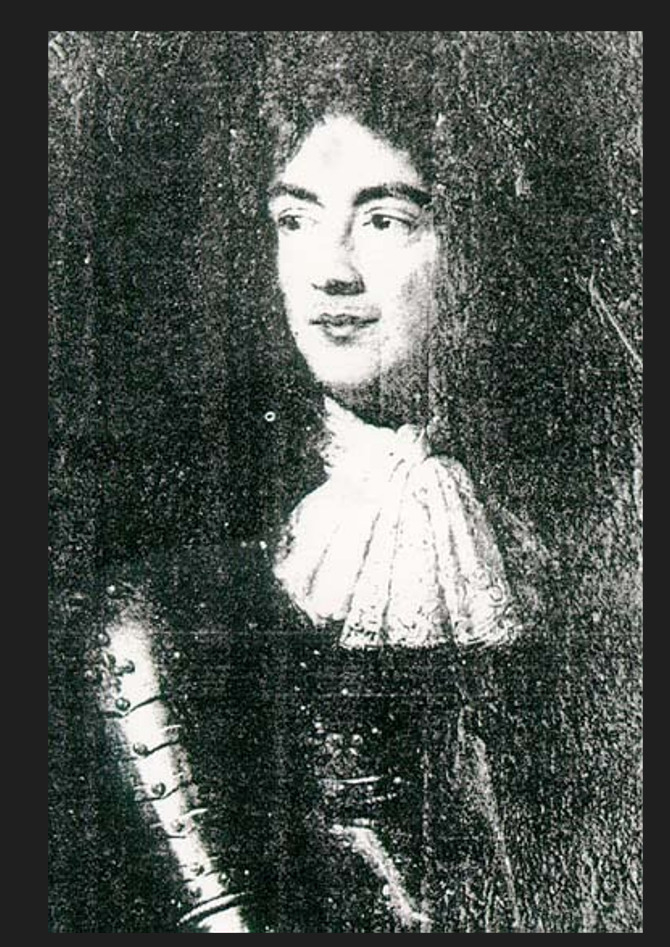
wikipedia.org 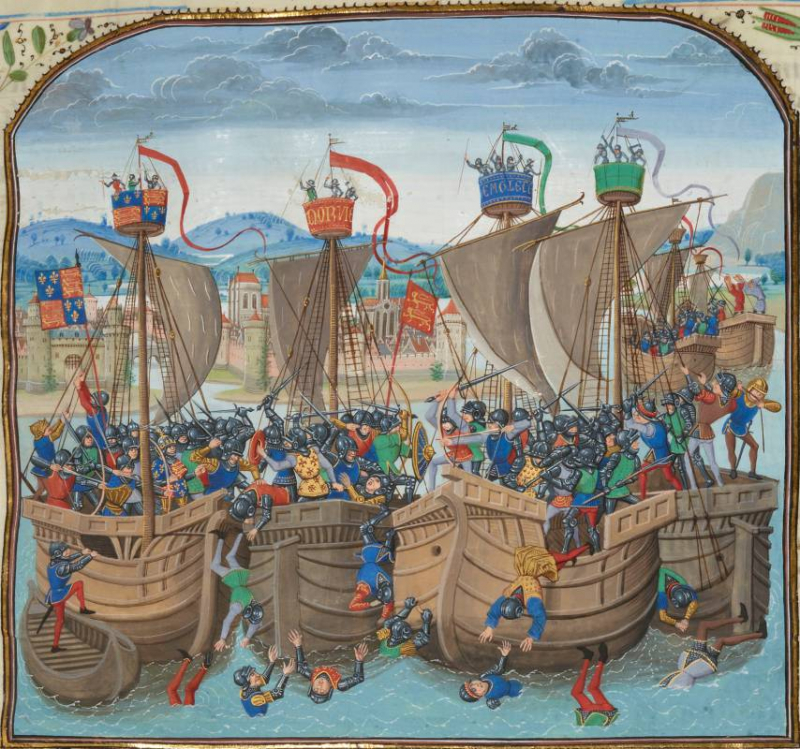
Charles I's confrontation with British naval forces - hellomonaco.com -
Prince of Monaco Honoré II reigned from 1604 until 1662. However, he started off as the Lord of Monaco before being given the title Prince in 1612.
Monaco's history has always been marked by the construction of an autonomous route alongside the interaction of powerful competitors. Monaco had to skillfully navigate the enormous rivalry between Spain and France between the reigns of Honoré I in 1523 and Honoré II a little over a century later. The reign of Honoré II may be viewed in many respects as a victory over the turbulent times. In addition to defending Monaco's independence, he also succeeded in gaining the country more official diplomatic recognition by granting it the title of Prince and the authority to produce its own coins in 1640.
Honoré II born on December 24, 1597. He was the child of Maria Landi and Hercule, the Lord of Monaco. When he was 6 years old, his father was killed, and he took over as regent from his uncle, Frederico Landi, the 4th Prince of Val di Taro. Landi, a devoted Spanish supporter, ordered the country's occupation by the Spanish in 1605. As a result, carrying weapons was outlawed in Monaco, and the Prince and his two sisters were sent to Milan. The Council of Monaco made an effort to curtail Spanish dominance, but the occupation persisted until 1614 and there was still significant Spanish influence in the region in 1633 when it accepted Honoré as emperor.
The Spanish hosts were duped by Honoré II into thinking that their policy of restraining power was effective. They were ecstatic to witness him engrossed in a position devoted to cultural activities and entertainment for foreign visitors. While protecting themselves with their manned garrisons on the Rock, the Spaniards maintained strict control over the government. To the dismay of the Monegasque populace, they also limited several of the Governing Council of Monaco's functions. Honoré, meantime, used his role as the Principality's cultural protector to its advantage. Poets, singers, painters, and sculptors began to flock to Monaco. Princely Palace joins Paris and Florence as a significant hub of study and culture in Europe. The caliber of Prince Honoré's art collection, in fact, became a hot subject across Europe.
Prince Honoré II also negotiated the Treaty of Péronne with Cardinal Richelieu of France, who was speaking on behalf of King Louis XIII (1641). This agreement specifically stated that Monaco would become a protectorate of France. But most crucially, the Prince's independence was ensured. To make up for the losses that a break with Spain would inevitably bring, Monaco was also given territory in France. It was anticipated that French troops would be stationed in Monaco and that their officers would report directly to the Prince of Monaco rather than the French State. The preservation of Monegasque independence is also crucial.
Honoré II carried out his plan to remove the Spanish garrison on November 17, 1641. He promptly put those in prison who were thought to support Spanish control. The Spanish army's leaders were then treated to a lavish luncheon that he had planned. Prior to the Spanish garrison surrendering, records show that just five persons were killed and 10 were injured. Once they were legally banished from Monaco, Honoré forfeited his Order of the Golden Fleece honorific title, which was bestowed to him by Spain. All of the Prince's belongings in Spain were seized by the Spaniards as planned.
For the loss of his lands and titles, the French gave Honoré compensation. Honoré II received territories, the title of St-Rémy, and the titles Duke of Valentinois, Count of Carladès, Baron of Buis, and Clavinet from Louis XIII. The French and Monaco royal families are now very close. Therefore, when the British Royal Family requested that a fleet be housed in Monaco in order to remove Cromwell from office, Honoré consulted Cardinal Mazarin of France, who was looking to form an alliance with Cromwell against Spain. On Mazarin's guidance, he skilfully opposed the British Royal Family's plans and maintained Monaco's independence.
Prince Honoré II passed away on January 10, 1662, at the age of 64. His passing was well-deserved and he is remembered for his numerous accomplishments. He removed Monaco from under Spain's dominion. He created a new alliance with the mighty French while preserving Monaco's independence, and he even gave his people tips from Nice monks on cleanliness and hygiene to help them survive a plague that was in remission. Because of his love of nature and the fame he attained, as a result, Louis XIV of Monaco is remembered today for his cultural accomplishments.
In sum, Prince Honoré II:
- was the first ruler of Monaco to be officially granted the title of Prince of Dominion.
- negotiated with France to help Monaco become an independent country under the French protectorate.
- The Treasury of Monaco has released a silver coin featuring Honoré II in honor of the 400th anniversary (1612 - 2012) of the usage of the title "Sovereign Prince". The silver coin has a face value of 10 euros.
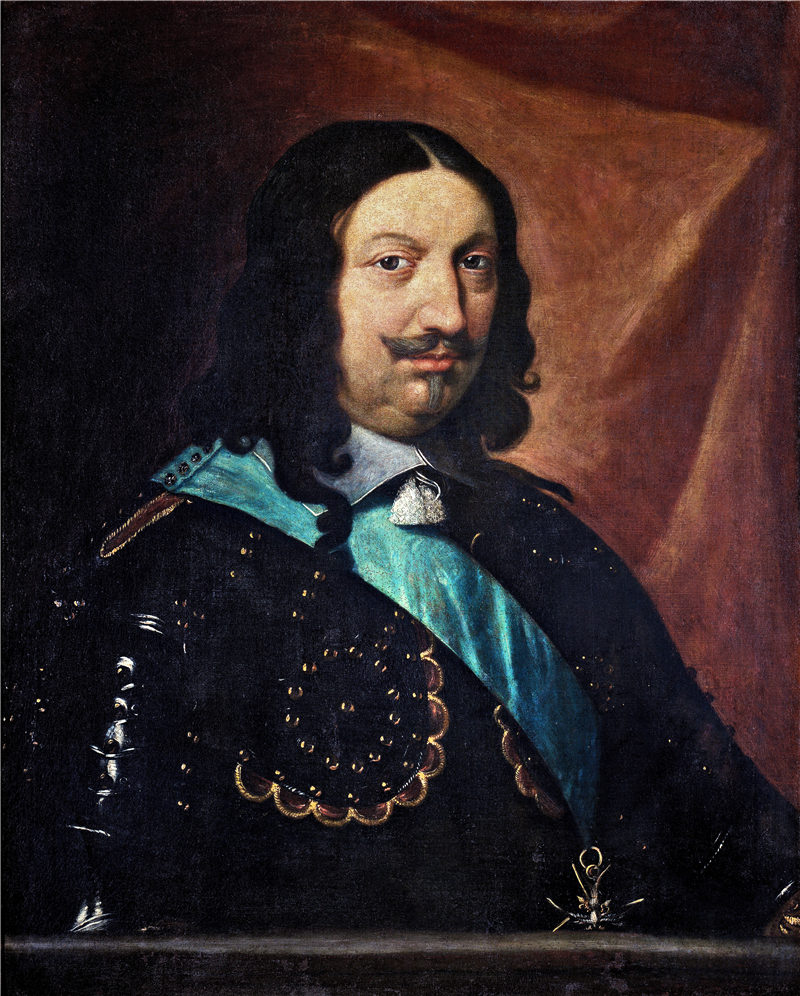
wikipedia.org 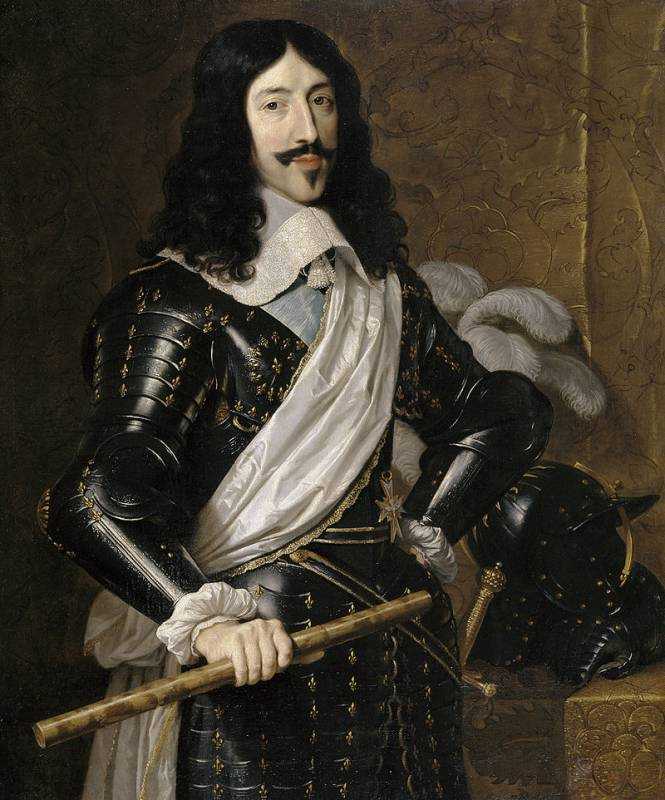
hellomonaco.com







